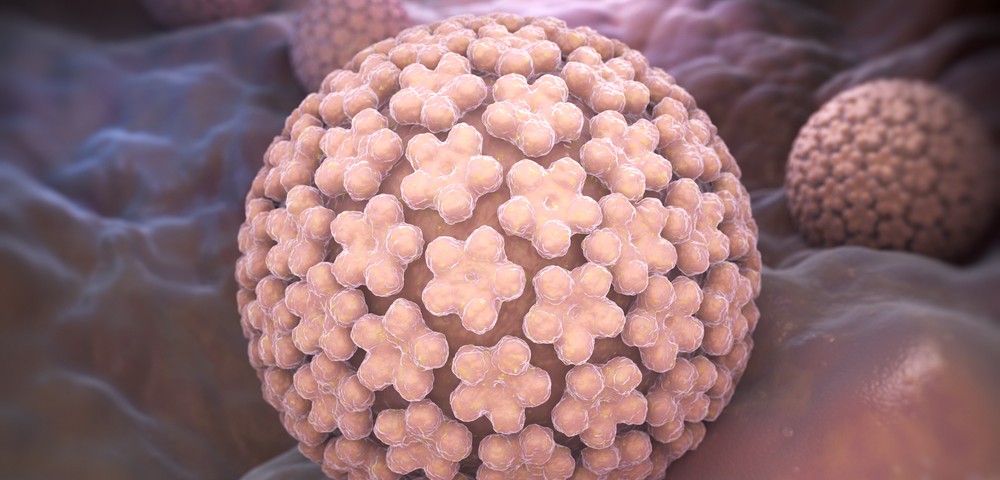The vaccination program for human papillomavirus (HPV) resulted in a 64 percent reduction of HPV prevalence in teenage girls age 14-19, according to a study titled “Prevalence of HPV After Introduction of the Vaccination Program in the United States” published in Pediatrics.
Vaccines against HPV are available and have been shown in several clinical trials to efficiently prevent HPV infection. In the United States the introduction of the HPV vaccination program led to significant declines in HPV prevalence and associated diseases among young females.
Authors analyzed data from 2009 to 2012 available from the National Health and Nutrition Examination Survey (NHANES). They compared HPV prevalence in the pre-vaccine era from 2003 to 2006. Researchers assessed HPV prevalence by analyzing HPV DNA in cervicovaginal samples collected from females ages 14 to 34 who participated in NHANES in the pre-vaccine era and during four years of the vaccine era, 2009–2012.
Specifically, researchers analyzed the effect of quadrivalent HPV vaccine (4vHPV) as it protects against infection with four HPV types: HPV-6, -11, -16, and -18. Special attention was also given to other HPV type categories between both pre-vaccine and after-vaccine periods, along with HPV prevalence among sexually active females ages 14 to 24 and their relation with vaccination history.
Researchers found that the 4vHPV vaccine led to a decline in HPV in teenagers age 14-19 from 11.5 percent to 4.3 percent in the pre-vacccine and vaccine eras, respectively. The decline was also observed in young women ages 20 to 24 years (18.5 percent to 12.1 percent).
When analyzing the vaccine era and focusing on sexually active teens and young women between 14 and 24 years old, researchers observed that those vaccinated with 4vHPV exhibited lower HPV prevalence when compared to unvaccinated females (2.1 percent compared to 16.9 percent, respectively).
These findings demonstrate that in only six years of vaccination, there was a 64 percent reduction in 4vHPV type prevalence in teens ages 14 to 19 and a 34 percent reduction in 4vHPV in young women ages 20 to 24. These results extend data from previous studies and show that the effect of HPV vaccination can also observed in women in their 20s.

